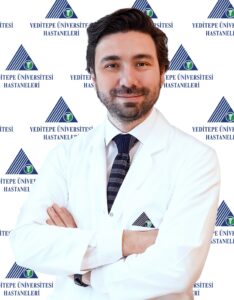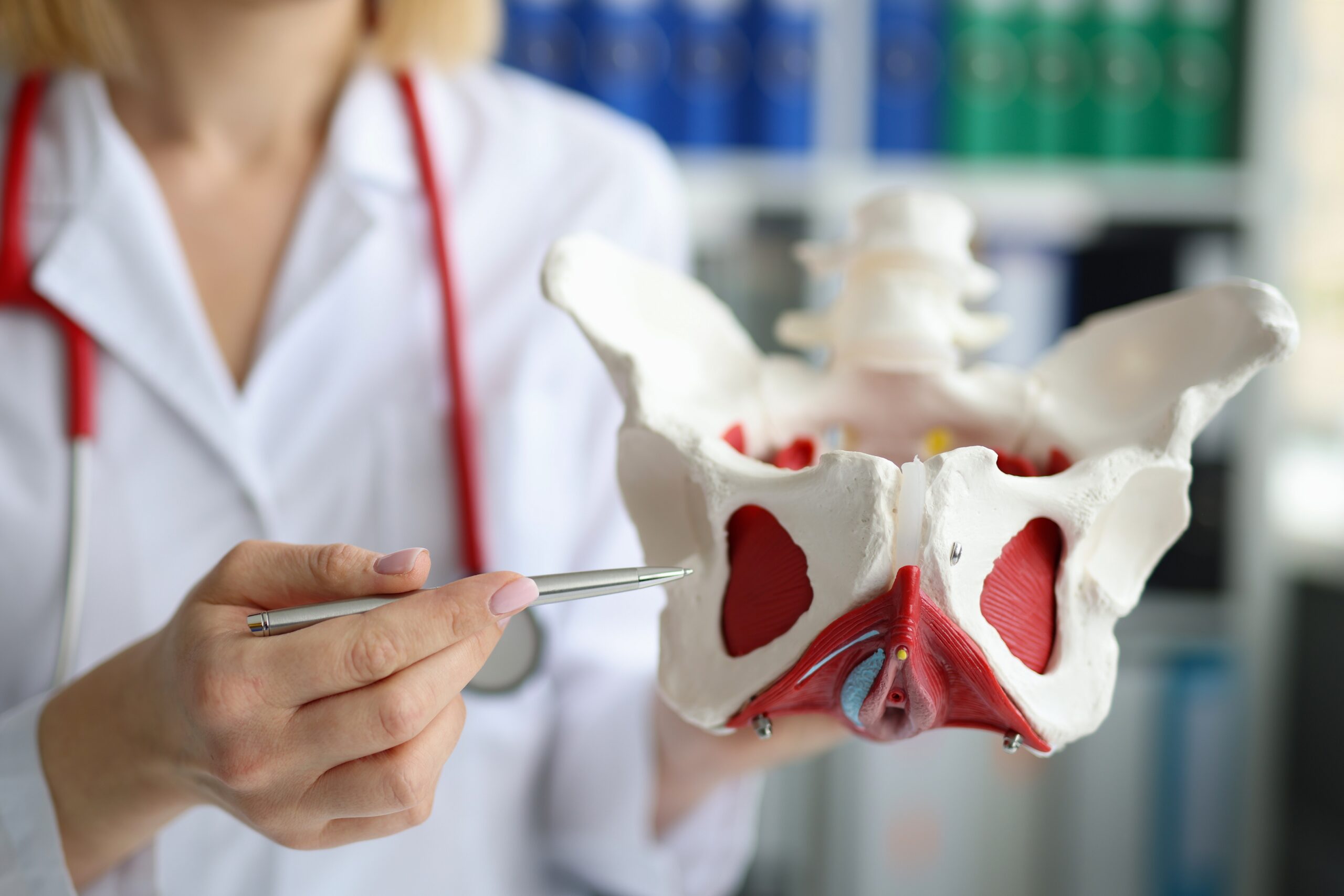In some people, fractures may occur without any trauma or due to a very minor trauma. Orthopedics and Traumatology specialist Assoc. Dr. Koray Başdelioğlu said, “Successful results obtained from treatments, especially in recent years, have extended life spans. As a result, there is an increase in the number of cases encountered with this condition, which we define as pathological fracture,” he said.
 Some conditions and diseases can weaken the bones, which can cause bone fractures even with small movements. Yeditepe University Koşuyolu Hospital Orthopedics and Traumatology specialist Assoc. Dr. Koray Başdelioğlu pointed out that this situation would seriously affect the patient’s quality of life.
Some conditions and diseases can weaken the bones, which can cause bone fractures even with small movements. Yeditepe University Koşuyolu Hospital Orthopedics and Traumatology specialist Assoc. Dr. Koray Başdelioğlu pointed out that this situation would seriously affect the patient’s quality of life.
Pointing out that pathological fractures are not always preventable, Assoc. Dr. Başdelioğlu said that only reducing the risks or treating the underlying diseases by early diagnosis can reduce the possibility of fracture.
More common in osteoporosis and cancer patients!
Stating that these fractures occur as a result of an underlying disease, Assoc. Dr. Başdelioğlu gave the following information on the causes: “The most important causes include osteoporosis, cancer and osteomyelitis. Hereditary bone diseases, metabolic and endocrine diseases can also cause pathological fractures by causing weakness in the bones. Especially since osteoporosis and cancer are very common diseases, we frequently encounter pathological fractures caused by these diseases.
Family history increases risk
Stating that there are some risk factors apart from being a patient with osteoporosis and cancer, Assoc. Dr. Koray Başdelioğlu said, “Not getting enough nutrients, especially in terms of vitamin D, calcium and protein, low exposure to sunlight, lack of physical activity, being very thin or overweight, hormonal irregularities, increase in inflammatory conditions and the presence of pathological fractures in the family history are among the risk factors. ” he said.
Surgery is at the forefront of treatment
Underlining that if pathological fractures are not treated, pain and loss of function, especially in the relevant region and joint, can be seen. Dr. Koray Başdelioğlu gave the following information about the treatment approach: “Although a few pathological fractures are treated with plaster casts, the treatment is mostly surgical. The surgical method may vary depending on the underlying disease. Prosthesis surgery can be applied in pathological fractures that occur in areas close to the joint, especially in the hip joint. In addition, bone cement or bone grafts are used in surgery in addition to screw, nail, plate applications, depending on the localization of the fracture and the underlying pathology. The aim of the treatment is to treat the patient’s fracture in the most appropriate way, to gain a painless and functional function, and to ensure that he continues his daily life without any problems.




